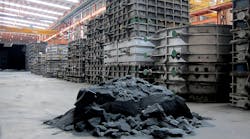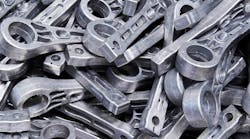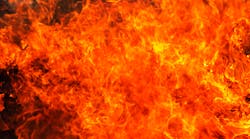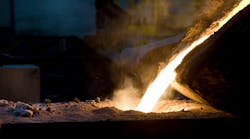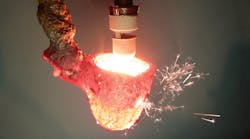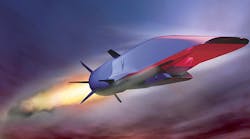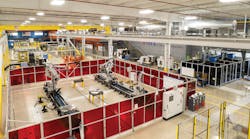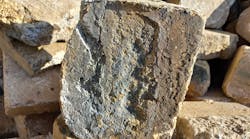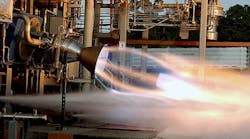Aerojet Rocketdyne, which manufactures propulsion and energetics for aerospace, missile defense and strategic systems, landed a three-year contract from the Air Force Research Laboratory at Wright-Patterson Air Force Base near Dayton, OH, to install a series of large-scale additive manufacturing systems based on selective laser melting (SLM.) These systems are intended to be used to develop liquid rocket engine components, for national security and space launch services.
SLM is an additive manufacturing (aka, 3D printing) technology that would replace various forming methods (casting, forging), subtractive technologies (machining), or other processes (welding, brazing). It uses a laser as a power source to melt metal powders that have been deposited in a pattern defined by a CAD program. As the material fuses it forms a three-dimensional structure.
A significant point in this program is the large-scale forming capability of the SLM systems. Aerojet Rocketdyne will demonstrate three different alloys with the additive manufacturing machines, including nickel, copper and aluminum alloys. The parts to be manufactured range from simple designs (large ducts) to more complex products (heat exchangers.)
The full report is posted at FoundryMag's affiliated site, WeldingDesign.com

